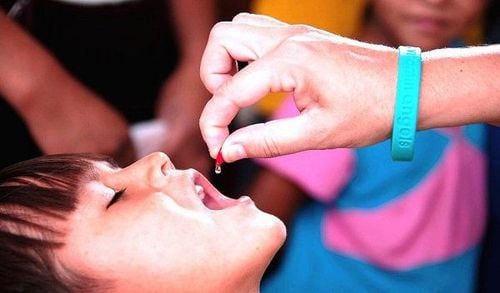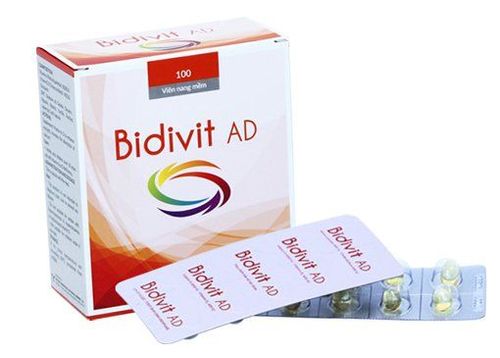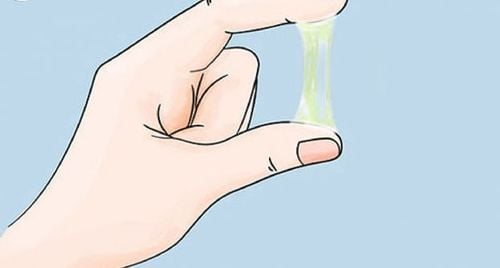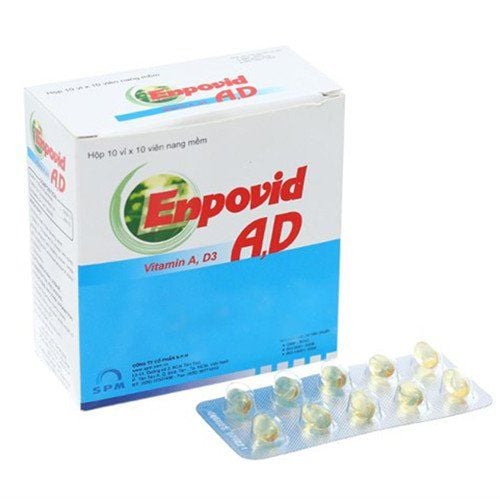This is an automatically translated article.
Should take vitamin A for children from a few months is probably a common question of many parents. In fact, vitamin A has a great influence on the development of children, if the deficiency will easily cause many serious diseases. However, an overdose of vitamin A also has other potential health risks for children.
1. The role of vitamin A in the overall health of children
Many people wonder what effect vitamin A has on children's health. Vitamin A is one of the important micronutrients, essential for the development of all aspects of children. According to experts, taking vitamin A for children helps bring about the following effects:
Strengthens the immune system, helps fight infectious agents. Helps improve visual health, keeping children's eyes sharp. Supplementing with vitamin A helps children grow healthy in all aspects. Helps protect the epithelium, small intestine, tracheal mucosa and excretory glands. Helps increase resistance and prevent infections, tuberculosis, tetanus, measles or cancer. Helps children's skeletal system develop fully and healthy.
2. What problems do children with vitamin A deficiency face?
When a young child's body lacks the necessary amount of vitamin A, it can lead to health consequences such as:
Slow growth, stunted growth or developmental delay. An early symptom of vitamin A deficiency is night blindness (decreased ability to see light). Causes mucosa and epithelium to be easily damaged. In particular, if the cornea is severely affected, it can lead to blindness. Weakens the immune system and reduces resistance to disease. This puts the child's body at high risk of serious infections and illnesses such as respiratory infections, diarrhea or measles.

Uống vitamin A cho trẻ giúp hạn chế tình trạng thiếu hụt vitamin A gây một số bệnh lý
3. From how many months should children take vitamin A?
According to the recommendation of the Ministry of Health of Vietnam, vitamin A should be taken for children from 6 to 36 months with an additional dose 2 times a year, specifically on the 1st and 2nd of June (phase 1), on the 1st and 3rd day of the year. 2/12 (phase 2) every year to prevent diseases such as night blindness or blindness. In addition, we should also give vitamin A supplements to children under 6 months of age who are not breastfed and children under 5 years of age are at high risk of vitamin A deficiency.
The intake of vitamin A for children should be done at ward/commune medical facilities. Because only one dose is taken at a time, parents need to be careful to let the doctor know if a child has been given a dose of vitamin A in the same course. Besides, parents also need to pay attention to the time for children to take vitamin A supplements because the schedule can change every year.
4. How much vitamin A should be given to children?
The amount of vitamin A supplement for babies will be calculated every 6 months according to the following recommended dosages:
Children < 6 months old (not breastfed): Take 50,000 IU. Children from 6 to 12 months old: Take 100,000 IU. Children from 12 to 36 months old: Take 200,000 IU. Children aged 37 - 60 months (at high risk of vitamin A deficiency): Take 200,000 IU. To prevent the risk of vitamin A deficiency for babies, breastfeeding mothers within 1 month after giving birth should also take 200,000 IU of vitamin. Not only focusing on taking vitamin A for children at regular doses each year, parents should also supplement this vitamin through their daily diet.

Uống vitamin a cho trẻ cần đảm bảo đúng liều lượng
5. How much vitamin A is too much for children to supplement?
According to the recommendations of the American Institute of Medicine, children 1 - 3 years old should not take more than 2,000 IU / day and children 4 - 8 years old should not drink more than 3,000 IU / day. Absorption of too much vitamin A in the body will cause children to experience phenomena such as headache, dizziness, nausea, vomiting, lack of coordination and blurred vision. In severe cases, overdose of vitamin A will cause liver disease, osteoporosis or some central nervous system disorders.
Although vitamin A is an essential micronutrient for the development of children, however, parents should only supplement their children according to the recommended dosage. Avoid letting your child absorb too little or too much to prevent serious side effects.
6. In addition to taking vitamin A for children, what other sources of supplements?
As mentioned above, you can also supplement vitamin A for children through their regular diet. The best sources of vitamin A for children include:
Fresh carrots (8666 IU / tuber). Milk (250 IU/half cup). Carrot juice (22,567 IU/half cup). Tomato juice (546 IU/half cup). Cooked spinach (5.729 IU/1⁄4 cup). Pumpkin soup (5,717 IU/1⁄4 cup). Fresh spinach (703 IU/1⁄4 cup). The amount of vitamin A in the foods above is for reference only and may vary depending on their size and weight. Children can consume less or more than the above food servings, just make sure it is suitable for the needs of the child's body.
Please dial HOTLINE for more information or register for an appointment HERE. Download MyVinmec app to make appointments faster and to manage your bookings easily.













